This blog was written by Muhammad Afzan Munir, a social researcher who is currently working at ITA/ASER Pakistan as a Senior Research Analyst. For the 2019 UKFIET conference, 17 individuals, including Afzan, were provided with bursaries to assist them to participate and present at the conference. The researchers were asked to write a short piece about their research or experience.
As the UKFIET 2019 Conference comes to an end, it is safe to assume that inclusion of children with disabilities and of children from other marginalised groups in education has become a mainstream research agenda throughout the world. While there are many valuable takeaways from the conference, one that has in particular touched my heart relates to the heterogeneity in disability and its different types.
In Pakistan, there is very little knowledge regarding prevalence rates and types of disabilities among children, and even more evident is the complete lack of information on the learning outcomes of children with disabilities. Hence, the area of disability and inclusive education has remained fragmented. Realising the inadequacy of National Population Census 2017 in capturing data on persons with disabilities and understanding that disability was not a singular construct, Idara-e-Taleem-o-Aagahi (ITA)/ Annual Status of Education Report (ASER) Pakistan, with support from DFID, has recently conducted a first-of-its-kind activity on tracking the disability prevalence in 5 districts of the country across two of the most densely populated provinces: Punjab and Sindh. As a part of this study, UNICEF/ Washington Group on Disability Statistics’ Module on Child Functioning was utilised to measure the difficulty prevalence among 8,345 children (5 to 16 years) across 13 different domains including hearing, vision, communication/ comprehension, learning, mobility, and emotions, with the purpose of identifying the sub-population of children who are at greater risk than other children of the same age or who are experiencing limited participation in an unaccommodating environment. To better reflect the degree of functional difficulty, each area was assessed against a rating scale. Therefore, making it possible to understand not only various types of difficulties that a child may face, but also the extent of that difficulty i.e. none, mild, moderate and severe.
Findings suggest that a staggering 15.15% of the total surveyed children were found to be facing at least one moderate or severe level difficulty (excluding estimates for anxiety and depression).
Moreover, hearing, seeing, communication, walking, learning, self-care and remembering were reported with much lower prevalence (only up to 2%).
Disaggregation of the prevalence rate for moderate and severe level of difficulties by province suggests that 18.49% and 9.23% of children had at least one moderate or severe level difficulty in Punjab (three districts) and Sindh (two districts), respectively. This shows that children in the three districts of Punjab are at a greater risk of suffering from a disability when compared with the children in Sindh. Also, it is important to note that approximately 77.29% of the surveyed children with difficulties are already enrolled in schools and that of those who are enrolled in a school, a significant majority (62.81%) is enrolled in a regular school. This raises the question about the facilities with which these children are being provided in the regular schools, if any.
Among other things, our research has led to an increased focus on inclusive education to address educational inequalities in Pakistan. It has become apparent that the Sustainable Development Goal 4 cannot be achieved without including ALL children as SDG 4 is embedded in the principle of ‘inclusion’. This focus is highly pertinent, especially in contexts, such as Pakistan, where factors such as the high prevalence of poverty, significant gender differentiation and discrimination, and negative societal perceptions towards disability all intersect to create multiple deep-rooted disadvantages. Consequently, the first ever Inclusive Education strategy is being formulated in Punjab while inclusive education has been set as a priority goal in education policy documents in both Punjab and Sindh.
Acknowledgements: Dr. Nidhi Singal and Dr. Ricardo Sabates and Ms. Meghna Nag from the Faculty of Education, University of Cambridge; Ms. Baela Raza Jamil and Ms. Sahar Saeed from Idara-e-Taleem-o-Aagahi-ASER Pakistan.

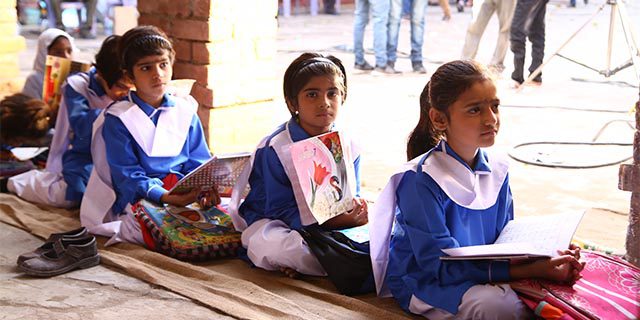
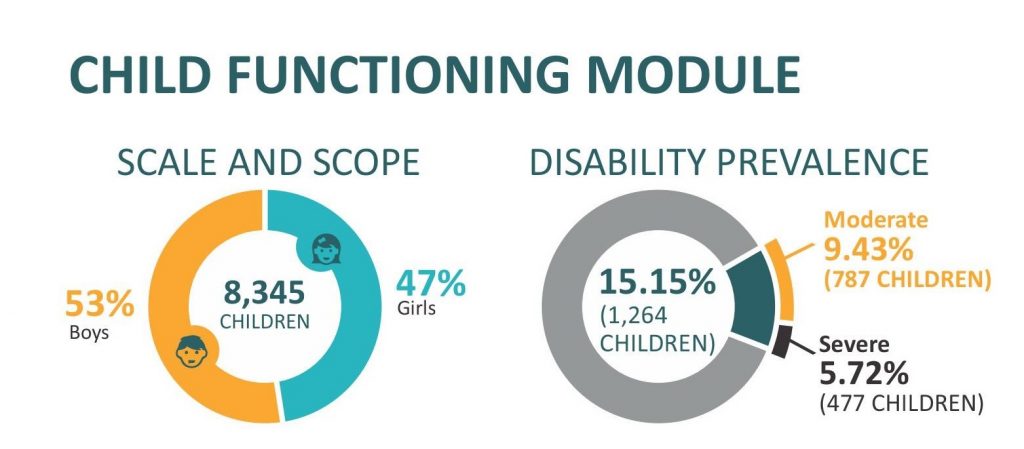
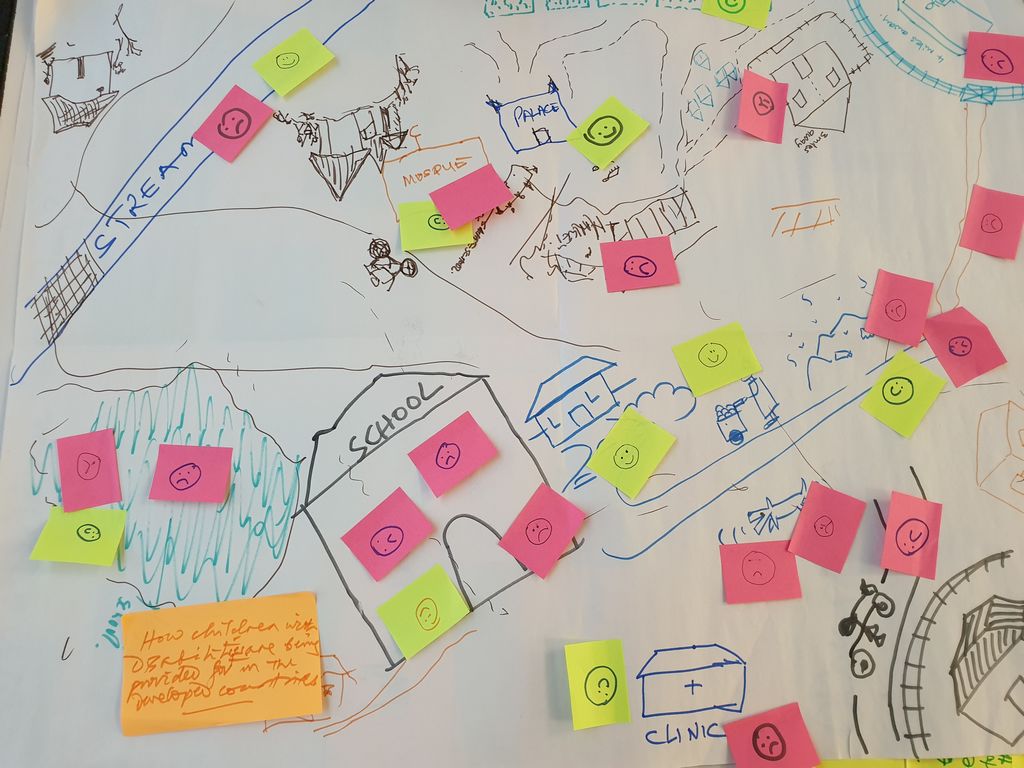
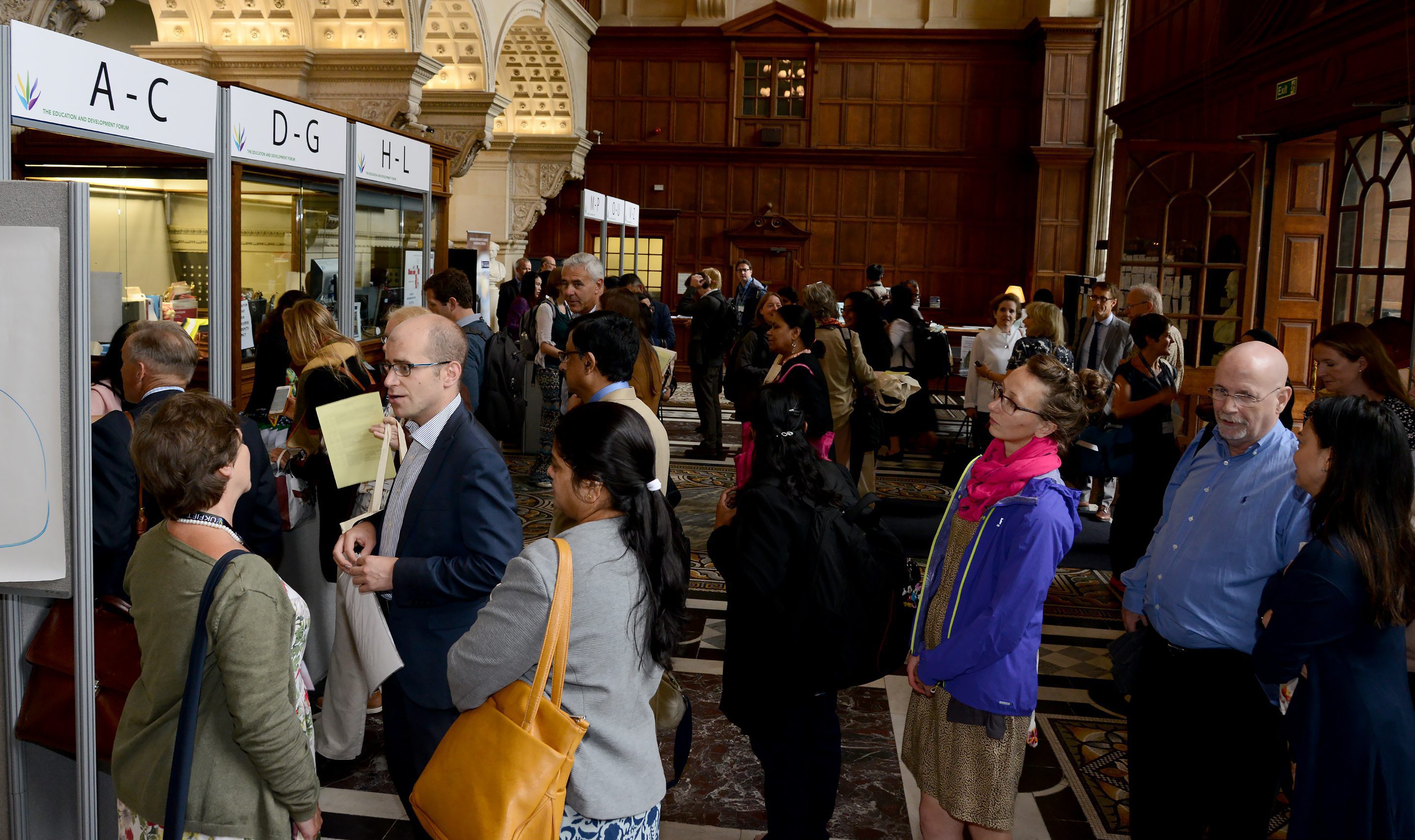
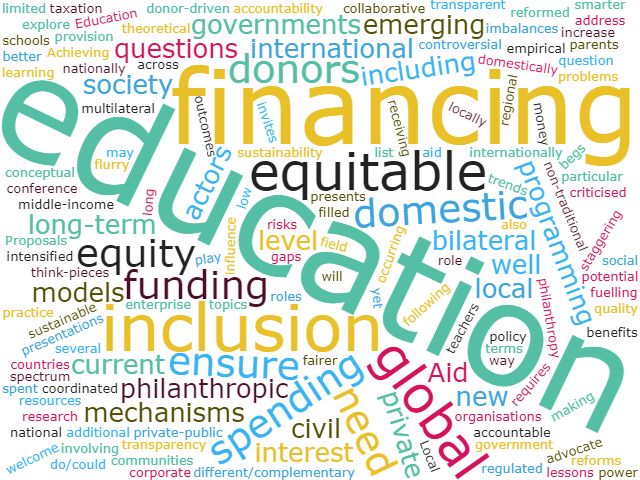
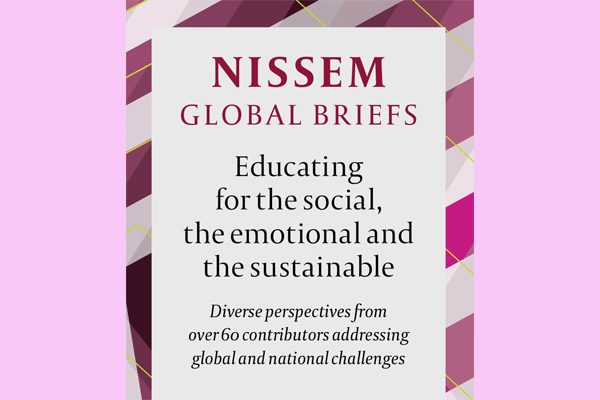
importance of education in society
A well-ordered community share common infrastructure and economy and live in unison displaying unity and integrity, without hatred or remorse. Article on importance of education in society. What brings order to a society? Ever wondered that, why do some societies keep a constructive approach towards life and development while some fight among themselves for money, drugs and other trivial issues.
https://articlehubzone.com/article-on-importance-of-education-in-society/
Found your post interesting to read. I cant wait to see your post soon. Good Luck for the upcoming update.This article is really very interesting and effective.